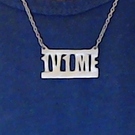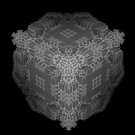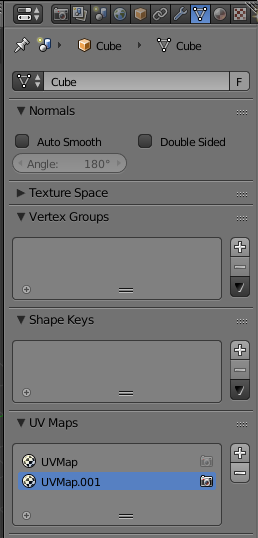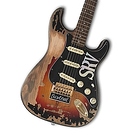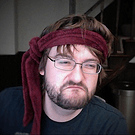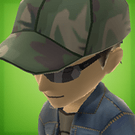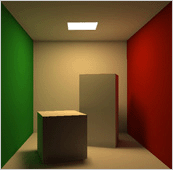I want to use Blender to bake a lightmap for static geometry in the scene and I have few questions about how to implement it.
Blender part:
- Set the ambient light to 0,0,0 (world surface color with cycles)
- import the static geometry and give it a flat material with the color 0.5,0.5,0.5
- Import light sources
- Perform combined bake to a UV texture
This way we should get a lightmap which contains only lights/shadows, without diffuse.
Then the lightmap should be multiplied with the diffuse map when rendering.
My question is how to add the lightmap in Urho?
Should I programmically add a pass to existing materials?
Perhaps a new technique?
I didn’t use these things with Urho before.
